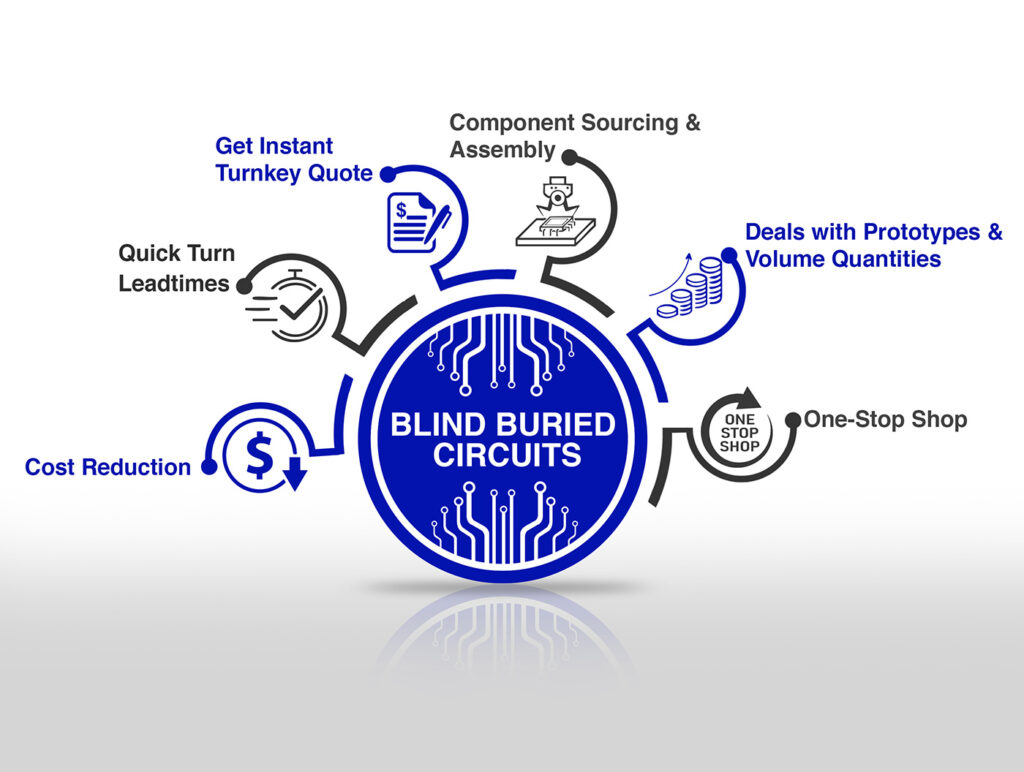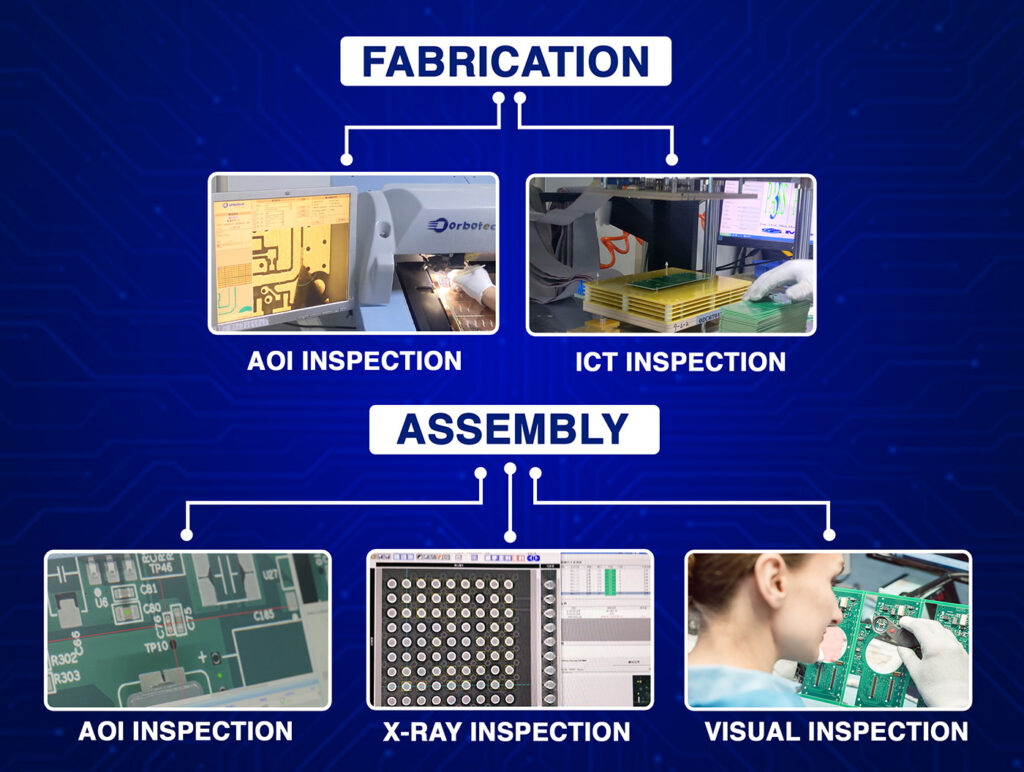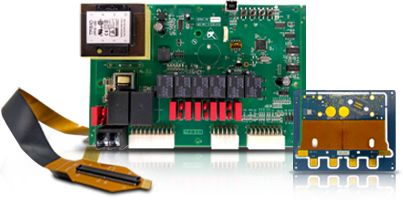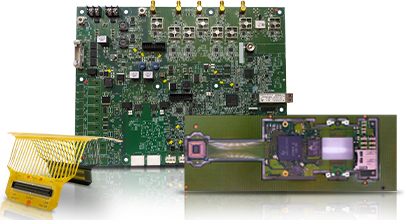The choice of PCB surface finish is one of the most critical decisions regarding PCB production in the USA. The surface finish applied has a significant impact on the soldering and protection of the multi-layer PCB as well as its operation in the required conditions.
There are advantages and disadvantages for almost every type of PCB surface finish. The most common are HASL and ENIG. Now, the question arises: how do you decide which one is better suited for your use?
Purpose of a Surface Finish on a Circuit Board
A layer applied on the copper regions of a printed circuit board (PCB) that aids in oxidation prevention, increases the board’s shelf life, and improves solderability is referred to as the PCB surface finish.
This layer protects the copper pads and traces against damage during assembly and storage and makes it easier to connect components by soldering. Poor soldering caused by oxidized copper surfaces could result in ineffective electrical conduction or a completely nonfunctional board.
Different Surface Coats
Surface coatings can be classified into two broad categories: organic and metallic. The metallic surface finishes, in particular, have become very popular due to their ability to offer excellent protection and solderability. We will delve into two of the most common metallic surface finishes:
Hot Air Solder Leveling (HASL)
HASL is among the older and most popular surface finishes in use today. It involves dipping the PCB into a solder bath with the incorporated blades and removing the excess solder using hot air. This technique is unique because it is straightforward and cost-effective, it is straightforward and cost-effective, which is why so many choose it for various applications.
Lead-Free HASL
The processes of Lead-free HASL and conventional HASL are nearly identical, except that the former employs lead-free solder alloys like Sn-Cu-Ni-Ge or Sn-Ag-Cu, which are necessary to adhere to RoHS standards, which seek to reduce the use of lead in electronic appliances due to health and environmental issues.
Electroless Nickel Immersion Gold (ENIG)
In the case of ENIG, the procedure is divided into two stages. The first step involves coating the PCB with electroless nickel, which is then followed by immersion into gold to achieve a thin, uniform layer of gold on top of the nickel. This process is lauded for its high solderability and corrosion resistance while also offering a flat and smooth surface.
HASL vs. ENIG: Which Surface Finish Is Better?
1. Type of Metal Coating
- HASL: In traditional HASL, the coating consists of a tin-lead solder alloy. Lead-free HASL uses a tin-based alloy with small amounts of silver or copper.
- ENIG uses a combination of nickel and gold. The nickel acts as a barrier between copper and gold, providing a reliable bonding surface for soldering.
2. Plating Thickness
- HASL: HASL creates a relatively thick solder layer, which is typically thicker than ENIG. This can sometimes cause unevenness in the surface.
- ENIG: The gold layer in ENIG is much thinner, offering a smoother surface and greater precision for high-density components.
3. Adhesion to Copper
- HASL: The solder layer in HASL adheres to the copper pads through a metallurgical bond formed during the soldering process.
- ENIG: The nickel layer provides a barrier that improves the adhesion between the copper and gold, ensuring a more durable and reliable connection.
4. Thermal Stress
- HASL: The PCB is exposed to high temperatures during the HASL process, which can lead to warping or thermal stress on sensitive components.
- ENIG: ENIG doesn’t require as much heat, reducing the risk of thermal stress and warping.
5. Electrical Performance
- HASL: Tin is not as conductive as gold so HASL can result in lower electrical performance.
- ENIG: Since gold is a better electrical conductor than tin, ENIG provides superior electrical performance, particularly for high-frequency applications.
6. Flatness
- HASL: The solder layer in HASL can be uneven, significantly, if the thickness varies across the board.
- ENIG: ENIG provides a flatter and smoother finish, which is crucial for high-precision applications like fine-pitch components.
7. Solderability
- HASL: HASL offers good solderability, especially for manual soldering, and is suitable for simple assembly processes.
- ENIG: ENIG offers superior solderability and works well with advanced automated soldering techniques, making it ideal for fine-pitch components and complex designs.
8. Component Compatibility
- HASL: Suitable for both through-hole and surface-mount technology (SMT), but the thicker solder layer can cause issues with fine-pitch components.
- ENIG: Preferred for fine-pitch components and BGA (Ball Grid Array) components, as the thin gold layer doesn’t create issues with pad bridging.
9. Operational Environment
- HASL: Not suitable for environments with high thermal or electrical demands due to its lower performance characteristics.
- ENIG: Performs well in harsh environments, providing excellent corrosion resistance and durability.
10. Cost
- HASL: More cost-effective due to its more straightforward process and lower material costs.
- ENIG: More expensive because of the gold plating process, making it less suitable for low-cost applications.
11. Shelf Life
- HASL has a shorter shelf life because it can oxidize and corrode over time, which may affect solderability.
- ENIG: Offers a longer shelf life due to the gold layer, which protects against oxidation and corrosion.
12. Eco-Friendliness
- HASL: The traditional lead-based HASL is not eco-friendly and is being phased out in favor of lead-free versions.
- ENIG: ENIG is eco-friendly and adheres to RoHS compliance standards.
Different Options for Surface Finishing
Depending on your application needs, some other surface finishes, in addition to HASL and ENIG, are also worth considering for PCB production in the USA.
- ENEPIG: Enhanced Electroless Nickel Immersion Palladium Gold is a more advanced process that provides a layer of palladium for better protection and oxidation resistance.
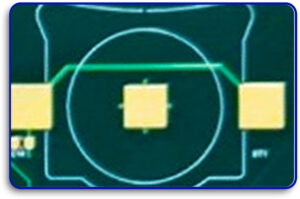
- Hard Gold: Generally reserved for wear-resistant contacts like edge connectors and keypads.
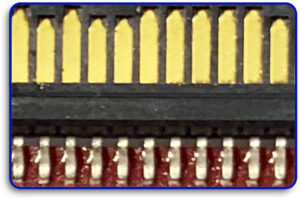
- Immersion Silver (ImAg): A Lead-free silver coating that enables excellent solderability and corrosion protection.
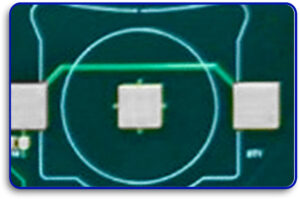
- Immersion Tin (ImSn): Ideal for small geometries, providing a fine-pitch alternative composition.
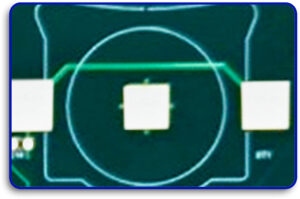
- Organic Solderability Preservative (OSP): A thin organic coating that guards copper pads and can be used for uncomplicated applications.
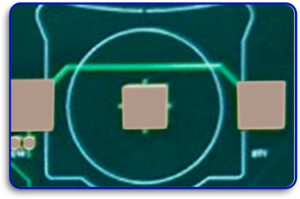
- Carbon Ink: Conductive Ink used in RF-shielded keypads for various applications.
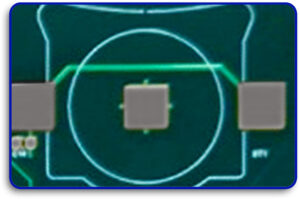
Factors to Consider when Selecting Surface Finishing
Proper surface finishing can be chosen based on several factors:
- Operating Environment: Difficult environments call for finishes like ENIG for best protection.
- Board Aesthetics: ENIG is excellent for innovative designs as it can be left flat but polished.
- Component Types: Fine-pitch and BGA components call for finishes like ENIG.
- Cost: If keeping to a budget for designs, HASL seems to be the cheapest.
Conclusion
When it comes to deciding between HASL and ENIG, your choice should be guided by the parameters of your particular work. For a wide range of applications, HASL works is dependable and economical but is not likely to satisfy accuracy demands for more sophisticated designs.
ENIG is far superior in performance, does not buckle, and lasts much longer than conventional systems, making it perfect for high-performance needs.
As an expert in PCB production USA, knowing these attributes will assist you in selecting the most suitable surface finish for your PCB, which in turn guarantees maximum board productivity. Contact us for any customized needs so we can discuss your surface finish and design specifications!

